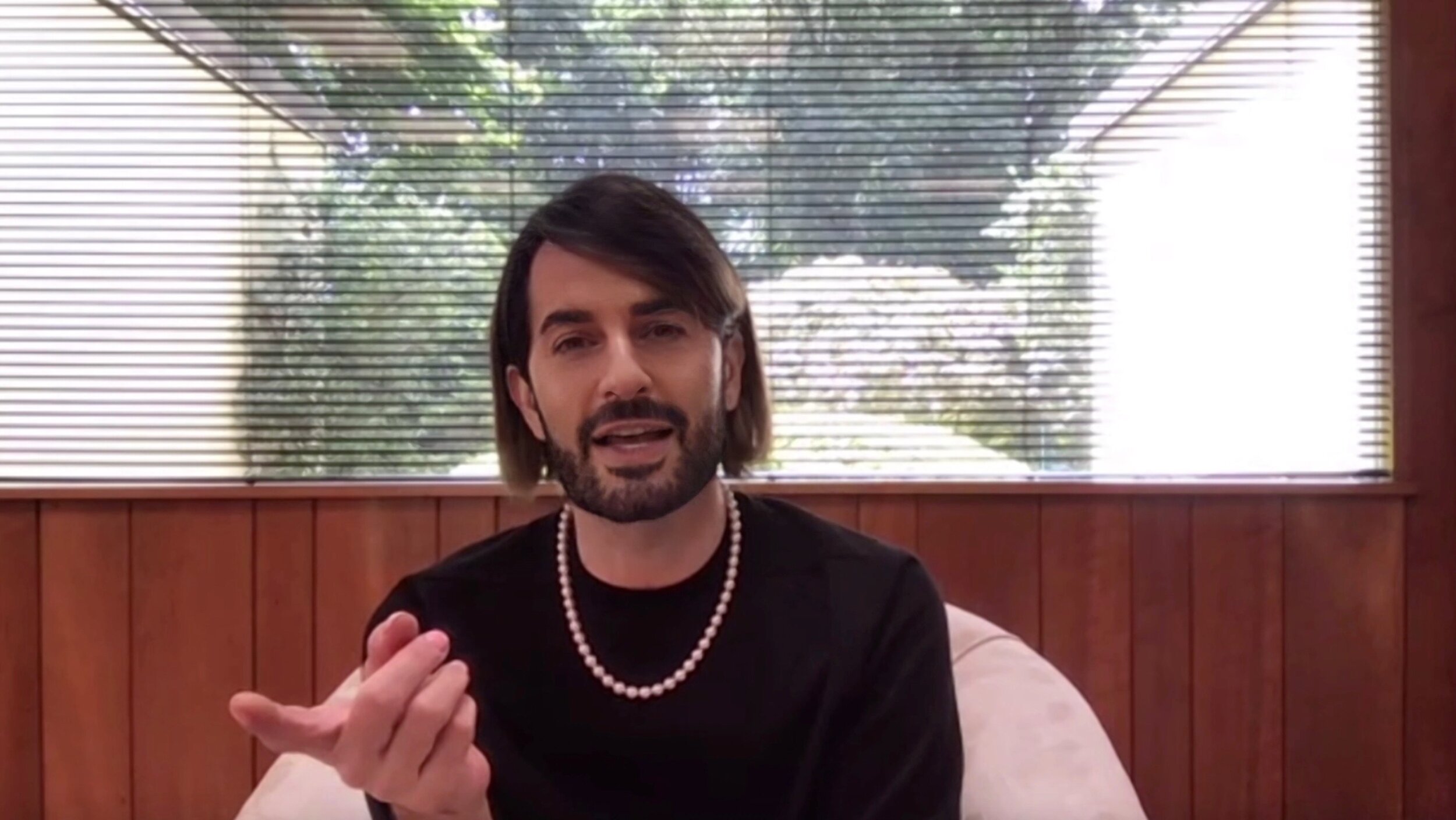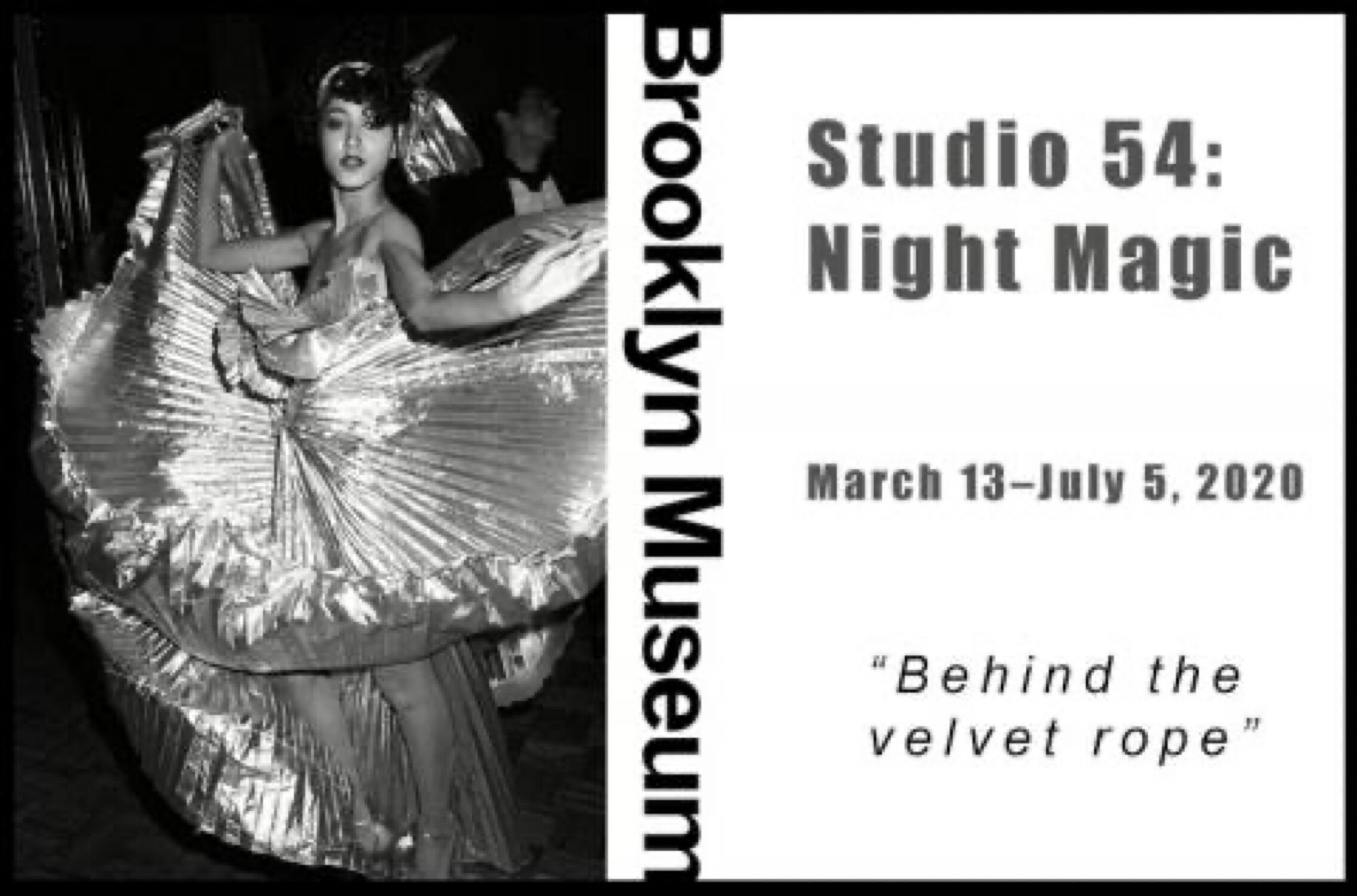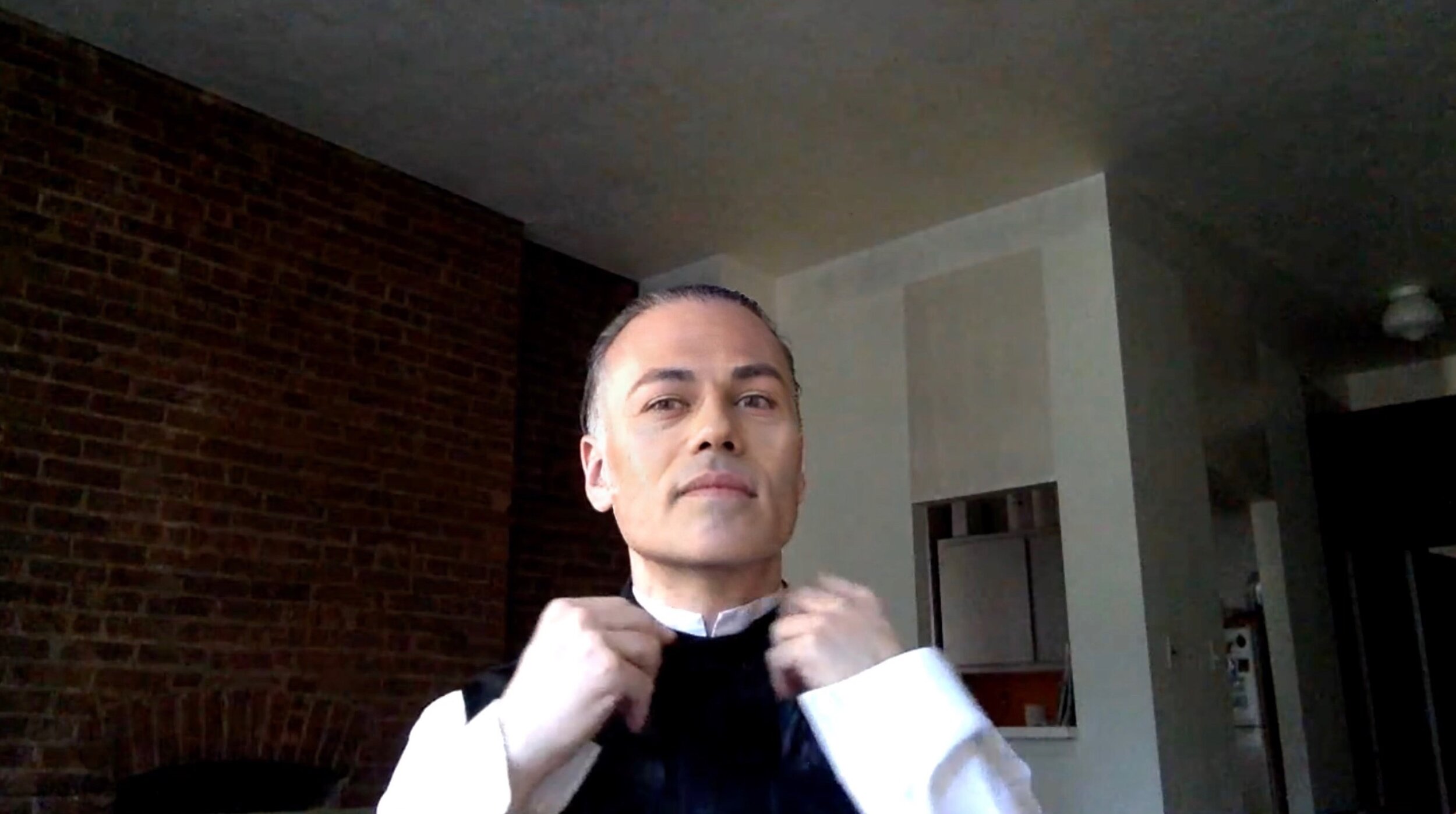The Virtual Interviews
We can now say that we’ve truly experienced a glimpse of living in the age of The Jetson’s!
Yes, we’re finally able to make video calls just like George Jetson using Facetime and WhatsApp to see and speak with colleagues, friends and loved ones around the globe. But to film interviews using online platforms and include them as part of, dare I say, a slick, visually “curated” fashion feature film? It is daring, to say the least.
© Hanna-Barbera
Skype and Zoom are the leading video-conferencing online platforms today. And we thought, how do we capitalize on all of this free time we’ve gained when sequestered safe and sound at home during the pandemic lockdown?
The answer to that question came to us when we remembered everyone else was also stuck at home. This was all before new ways of working from home were devised, and we predominantly passed the time surfing the internet and watching Netflix and Amazon Prime video. We hoped the response we’ve received all too often to our many requests for interviews like, “sorry, she isn’t available” or “he won’t be in the office until…” wouldn’t be able to be used by those we’ve sometimes perceived to be keepers of the gates to our potential celebrity interviewees, hindering our progress toward completing our film.
Having the best quality of video and sound under these circumstances was the challenge, and we dared to defy audio feedback and pixelated faces. We worried, what if our Wifi connection became unstable? What if we experienced the mid-sentence freezes and garbled voices?
Would our interviewees become frustrated and call off the interview?
So, just before beginning each interview we offered a plan B should any of the above incidents occurred, and cautioned the need for the interview to be free of ambient noises like the hum of fans, air conditioners or vibrating cell phones—and guess what? We prevailed!
The Real Marc Jacobs
Our interview with Marc Jacobs was highly anticipated and most sought. Creative powerhouse, businessman and New Yorker, the man who sat before us has evolved. From schoolboy ingenue he’s morphed into sexy buffed-beefcake and into today’s camera-ready, gender-bending soul with a quiet confidence. Charivari’s golden boy and CFDA darling today creatively oversees a fashion empire.
Self-proclaimed “talker”, he opened up to us as he drew on his vape which periodically concealed him within a white cloud of smoke. Through our computer screen, what was easy to feel was his authenticity; an accomplished man who at times during our interview, allowed his shyness and vulnerability to be seen.
Not available online or in print was his personal account of his early Charivari days, his relationships with Selma, Barbara and Jon Weiser, not to mention other undisclosed details of his rise to becoming a world renown fashion designer. In our interview, he shared his origin story like never before.
It was his affection for the Weiser’s which glowed like an ember, and which clearly has not been extinguished over time. “Selma was like a big teacher to me” he reflected, and continued to relay how close his relationship became with Barbara, almost immediately after connecting with her at their initial meeting. Enthusiastically he added how much he enjoyed working at the retailer—no matter in what capacity, and how he relished the exposure to the beautiful clothing, influential designers and celebrities he encountered, considering that period of his life inextricable and invaluable to the man he has become.
Later in our two-hour interview we discussed the pandemic and the perplexing predicament in which we find ourselves today. And the possibilities of how we will emerge “viable” first as human beings, and in his case, continuing his work with his trusted team of collaborators. His team is everything to him; whether it’s in creating the labels, collections, leather goods or accessories. Even the Fashion Week shows which express his vision are realized through collaboration, their time, effort and dedication.
We agreed that it was good to have shot this remotely, because as he said, we don’t know where or when we’d be able to have a more traditional shoot. And he promised that when things become more workable, we’ll get together again and film him in his surroundings, more organically situated, not staged—authentic and true.
When we started this journey of our making this documentary, a virtual set-up was never imagined. Naturally, we expected to shoot our subjects in a studio, their homes or at work. We envisioned filming Marc Jacobs amongst his haberdashery of fabrics, sketches and tools necessary to produce his beautiful creations.
The Bewitching Matthew Yokobosky
The senior curator of Fashion and Material Culture at the Brooklyn Museum, Matthew Yokobosky was like a wizard. During our interview, this thoughtful man helped us to understand the relationship between commercial fashion viewed as art.
Strategically situated within the frame of our computer screen, he shared that Charivari was at the crossroad of art and fashion long before the museums of the world housed major fashion exhibitions. Museums today are showcasing not only fashion design, but also periods in history expressed through the very clothes we’ve worn on our backs—a technique which archaeologists have utilized in piecing together our human past since they began uncovering truths about the times when we began wearing items on our bodies.
We learned, Yokobosky creates or adapts touring exhibitions by adding contextual relevance to suit American audiences, with his New York sensibility. This is evident in the hugely successful exhibitions, David Bowie is, Pierre Cardin: Future Fashion and Studio 54: Night Magic (currently running at the Brooklyn Museum).
Most notably, The Fashion World of Jean Paul Gaultier: From the Sidewalk to the Catwalk(2013). Another of Charivari’s boy wonders, Gaultier has a flare for playing with fashion; gender-bending and exaggerating human proportion as was seen in this retrospective exhibition of the designers’ work. Yokobosky’s method of exhibition design, incorporating narrative and a keen awareness of an observer moving through its spaces, lent insight into Gaultier’s reputation as one of the world’s most respected fashion designers.
Matthew’s spell was cast on us with gracious humility. We listened in wonder as he shared his personal process for expressing his ideas—the basis for conjuring the exhibits, and made clear the reality that people’s relationships with clothes are very different today than they’ve been over the past decades. And when we asked him, what he thought was one of the reasons for Charivari’s success? He responded, “Charivari was the one that was really taking the risks and making relationships with designers in order to bring in avant-garde styles of the time.”
“I think that at any given time,
New York City has a store that really represents the era.
And for me, the late ‘80s, early ‘90s it’s Charivari.”
Matthew Yokobosky
These interviews were opportunities for us to virtually go to New York through the lockdown and continue adding essential voices to our story. Although lacking the face-to-face interaction of a traditional shoot, the interviews will add a visual texture, a digital component not unlike how fashion designers are adding dimensions to their Fashion Week presentations.
On camera we’ve captured these men in a form of social distancing demanded of us today, just as fashion shows have evolved by including online presentations, and again valiantly serving their functional purpose for buyers to see the latest collections-in-motion rather than being an event to add on a social calendar… like these men relaying their ideas and telling their stories, we’re telling our story using their testimonies, virtually adding layers of context and dimension to our film.
So, here’s to George and Jane Jetson for foreshadowing our lives today, with travelators, flatscreen TVs, and video telecommunication! Showing us how we could use modern technology to our advantage, using tools in untraditional ways to make sense of our world and to share that understanding with others.
© Hanna-Barbera



























